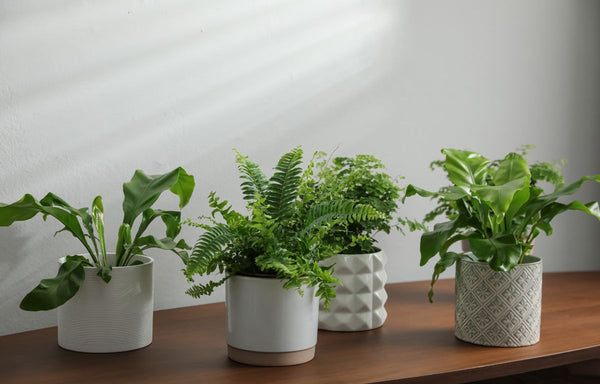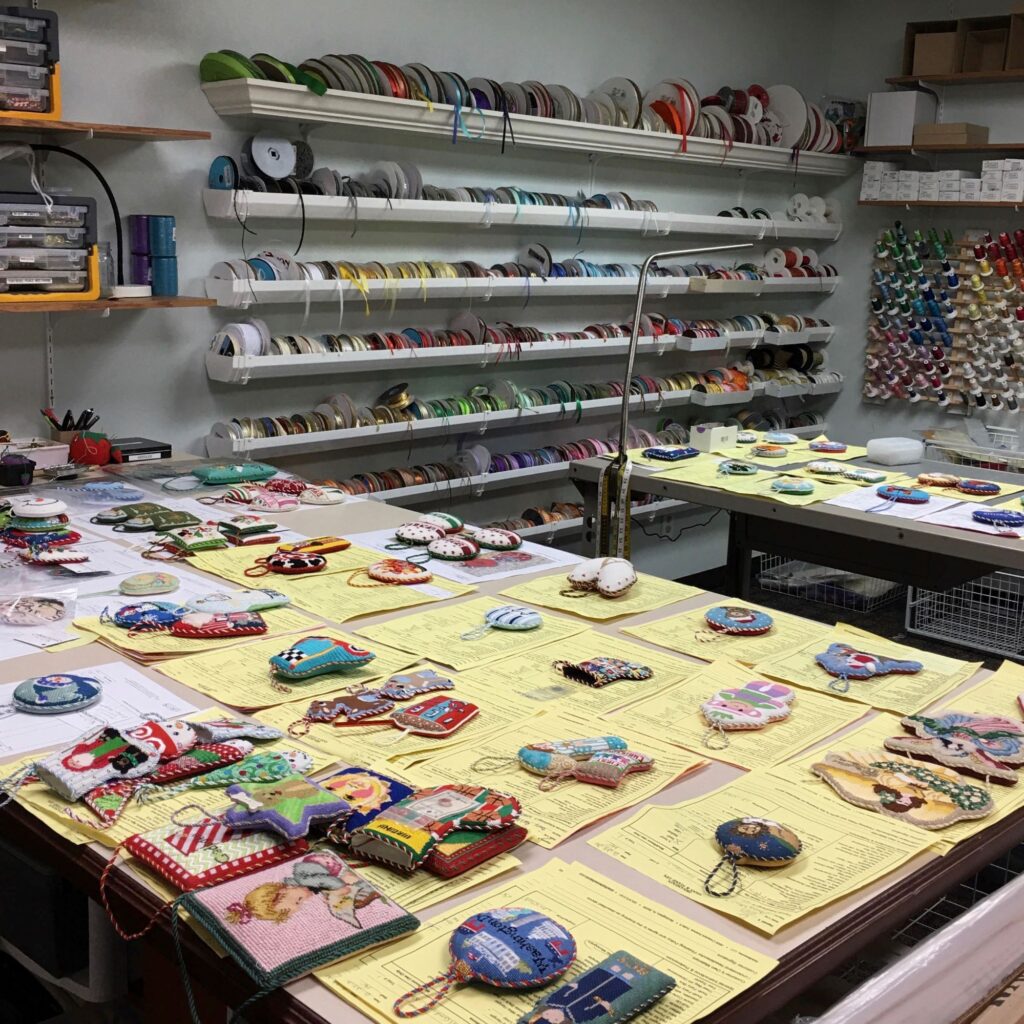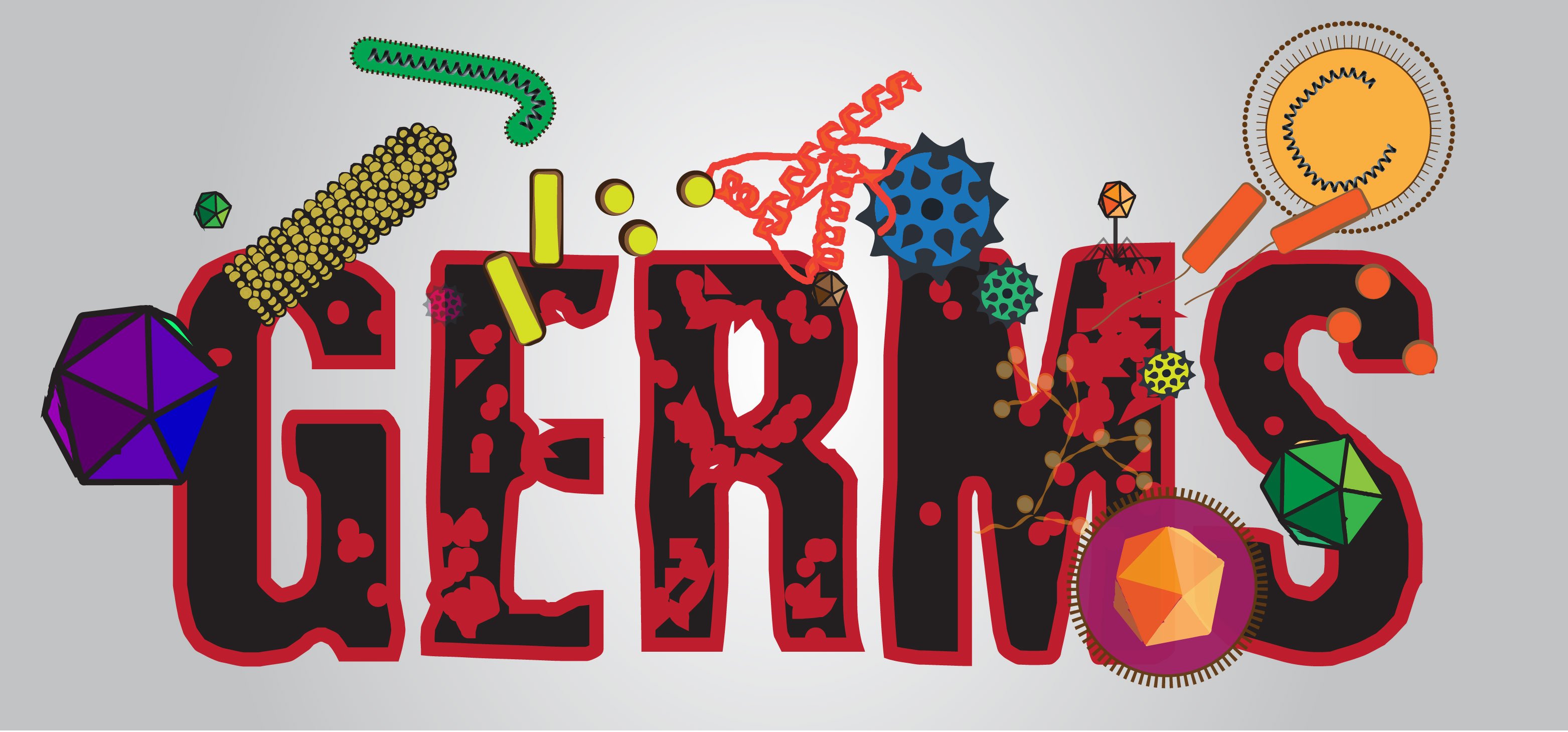There are several common misconceptions about houseplants that can lead to misunderstandings about their care and maintenance. Here are some of the most common misconceptions and how unravelling them leads to a better understanding of our green friends. When well...
There are several common misconceptions about houseplants that can lead to misunderstandings about their care and maintenance. Here are some of the most common misconceptions and how unravelling them leads to a better understanding of our green friends.

When well cared for, all houseplants grow at the same rate:
Not only is this not true for houseplants but for all plants. Species, environmental conditions, age, nutrients, pruning, genetic variations, dormancy, and pot size all contribute to varying growth and development rates. This also includes pests and diseases that can slow or even stunt growth. Some plants naturally grow faster than others, even propagated plants and seedlings will grow at a different rate to their parents. Slow-growing plant examples include Cactus, Snake Plants and ZZ Plants. Whereas fast-growing plant examples include Philodendrons, Pothos and Spider Plants.
Plants stop growing when the pot they are in becomes too small:
Plants only stop growing due to old age or when they are about to die, and they certainly do not stop growing when their pots become too small. Although the plant may appear fine for a short period, the roots can become too densely packed inside the pot, preventing proper nutrients, water and oxygen absorption for healthy growth. This is known as being pot or root-bound. Root-bound plants exhibit stunted growth (this is the appearance that the plant has stopped growing), wilting and dropping foliage, smaller leaves, reduced flowering, and other signs of stress. If left unattended, this sadly often leads to the demise of the plant. Repotting into a larger container or pruning the roots is the recommendation for maintaining their health and vitality.

In contradiction, all houseplants require frequent repotting:
Although we have touched on this in the previous misconception, houseplants do not need to be repotted as frequently as gardeners on the other side of the fence seem to believe. Repotting should only be done when a plant has outgrown its current container or when its roots become root-bound. There are even some plants that prefer a more snug-fitting pot such as Orchids, Hoyas, and Spider Plants. Overall, plants tend to require a settling period to acclimatise to their new homes, so repotting too often can stress the plant and if not carefully handled, can result in damaged foliage or roots. When repotting, choose a new pot that is around 5-15cm taller and wider than the plant's root system. Any larger may cause pot shock which is when the plant is unable to adjust to the additional space. Always, research the growing rate of your plant to avoid underestimating the size of the new pot and having to repot too quickly.
Overwatering is better than underwatering:
Many people believe that it is better to water their houseplants too much rather than too little to ensure they don't dry out. However, overwatering is the leading cause of houseplant problems and can lead to root rot and become susceptible to pests and disease. If you had to choose, adding moisture to a slightly dehydrated plant is much easier than having to repot a waterlogged one. Having said this, neither option is beneficial for your plant. Impliment a weekly plant maintenance routine or setting a reminder on your phone will help you keep an eye on your plants and monitor their watering needs. As you gain experience, you may even be able to identify when your plant is over or underwatered just by looking at it!
A watering routine will help keep your plants hydrated and healthy:
Although it is recommended that you implement a plant maintenance routine, avoid setting a rigid houseplant watering schedule as plants should only be watered when they actually need it. Each houseplant has unique moisture requirements that are influenced by factors like species, size, and season. In addition, indoor conditions can fluctuate impacting soil moisture levels. Monitor your plants individually even those of the same species, and check the soil moisture with your finger or a moisture meter. Depending on the size of your pot, a rough guide to watering your plant should be when the top 5-10cm or so of soil is dry. The exception to this would be cacti and succulents that naturally prefer a drier soil consistency.
Fertilise regularly for faster growth:
Over-fertilising can harm your houseplants rather than help them. Most houseplants only need to be fed during their growing period (typically spring and early summer) or every 4-8 weeks. An organic liquid concentrate or slow-releasing pellet fertiliser generally contains the right balance of minerals and nutrients suitable for most indoor and outdoor plants. However, you can purchase fertilisers specifically designed for succulents, citrus trees and even vegetable gardens.
When it comes to fertilising houseplants, be mindful that some plant foods have a high concentration of nitrogen which will increase flower production but significantly reduce foliage growth as a result. Follow the recommended fertilising schedule for your specific plant. Avoid excessive use which can lead to nutrient and pH imbalances resulting in additional stress, yellowing or dropping leaves, and even slowed growth.
If you're feeding your plant because it looks poorly, the fertiliser should take effect within 12-48 hours depending on the plant. If there are no noticeable changes to the condition of your plant, do not administer more. There is likely another problem such as dormancy, overwatering, root-bound, etc. that is being overlooked.

All houseplants require bright, direct sunlight:
While some houseplants do thrive in bright, direct sunlight like Sunflowers, Crotons, and Yucca, not all of them do. Many houseplants, like Bromeliads, Snake Plants and Peace Lilies, are light sensitive and prefer filtered, indirect or low-light conditions, while others require a balance of direct sunlight and shade in equal measures. It's essential to understand your plant's light requirements and place them accordingly to avoid sunburn and heat stress. If you are unable to find a suitable home for your light-sensitive plants, you can shade them using larger leafy plants or install translucent curtains that will diffuse the harsh sunlight and make it more tolerable.
All plants are safe from pests indoors:
Indoor plants can still be susceptible to pests like spider mites, mealybugs, and aphids. Factors like contaminated soil, open windows, and infested new plants can introduce and foster pests. Always sterilise secateurs and gardening tools before and after use to avoid infection and cross-contamination, and carefully remove and discard any infected cuttings as waste. Do not reuse them as compost or mulch. Vigilance, regular inspections, and proper hygiene are essential to prevent and manage indoor plant pest infestations.
All pests can be controlled with pesticides:
Certain pests can develop resistance to standard pesticides due to overuse, and physical adaptations such as a wax-coat, and fast or abundant reproduction. To manage resistant pests, it's crucial to rotate between different pesticide types if one is ineffective.
However, using pesticides should be a last resort in houseplant care. Many pests can be controlled through non-chemical methods, such as handpicking, washing the plant with a soap or neem oil solution, removing infected stems and branches, or even introducing natural predators like ladybugs. Pesticides should be used sparingly and only when other methods have failed. Not only is this healthier for you but also for your plant.
Houseplants don't require care during winter or when they turn dormant:
Many houseplants are perennials meaning they stay green all year round. However, as the weather turns cooler they do tend to turn dormant or go into a resting phase to conserve energy. At this time, plants typically require much less watering, are exposed to lower sunlight levels and are unable to properly absorb nutrients from the soil as efficiently. Because of these factors, growth naturally tends to slow and new foliage production is limited. Although they require less maintenance in this state, neglecting care can lead to weakened growth, pest infestations, and in some instances, nutrient deficiencies. It's crucial to maintain regular plant checks even if you see little to no change. When the plant wakes up in the new growing season, your care will be noticeable.

All houseplants are toxic for pets and children:
Some houseplants such as Philodendrons, Mother-In-Law's Tongues, and Pothos are toxic to pets and children if ingested. It's essential to research the toxicity of your plants and place them out of reach of curious pets and children. However, there are many family-friendly houseplant options that are just as lovely and perfect for curious beings like Fittonias, Calatheas, and Peperomias.
In dispelling these common plant misconceptions and gaining a deeper understanding of the true needs of our green friends, we can ensure their health and longevity, as well as be better equipped to problem-solve any future surprises that may arise.














